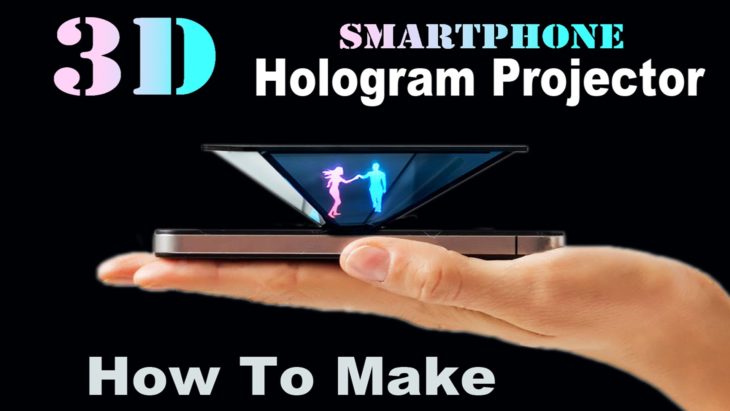
Forget about video calling; we ought to soon be pronouncing whats up with a hologram!
Forget about video calling; we ought to soon be pronouncing whats up with a hologram!
Your Smartphone Could Soon Project 3-D Holograms
Tony Stark, aka Ironman, continuously visible manipulating 3-d holographic pictures and floating shows projected in mid-air from his telephone or pill. Unfortunately, the relaxation folks are not as lucky because the contemporary pc-generated holograms are too cumbersome to be included into our personal devices. However, if a group of researchers from Australia’s RMIT University and the Beijing Institute of Technology (BIT) is proper, we may add all soon be capable of mimic Ironman, at the least, when it comes to playing with 3D holograms.

Image Source DOGO News
A hologram is made the use of lasers because all the mild waves are the same size and subsequently bend the same manner. This method that not like white light that splits into one of a kind colorings whilst shined via a prism, a laser beam will emerge intact.
To create a hologram, an unmarried laser beam is divided into two equal beams with the assist of a unique lens. One, dubbed the “reference beam,” is shown without delay onto a regular image movie, whilst the second one is pondered off of the object intended to be converted into a hologram. When the 2 laser beams meet, they invent what is called an interference pattern. It is this pattern this is recorded directly to the movie to create the 3D phantasm. However, cutting-edge hologram technology is fairly limiting, for the reason that the cloth on which the mild is recorded, has to have the equal thickness as the light’s wavelength. As a result, it’s far too thick to include into non-public gadgets.

Image Source YouTube
To bypass this hurdle, the scientists, led by using RMIT University’s Min Gu, took gain of the specific qualities of a topological insulator, a quantum cloth that has a low refractive index on its surface, and an appreciably better refractive index inside the center. This allows light to travel quick thru the surface and gradual down because it penetrates the middle, creating what’s known as an optical resonant hollow space. This causes the mild inside the lower layer to keep reflecting off the surfaces, producing a couple of stages, which interact to form a hologram.
The researchers, who published their look at in Nature Communications on May 19, 2017, assert that this has enabled them to create a hologram that measures an insignificant 60nm, or one thousand instances thinner than a single strand of human hair. The clean to create projection can be found from distinctive angles without unique goggles.

Image Source YouTube
Dr. Zengyi Yue, the co-creator of the look at, says, “The next degree for this studies will be growing a rigid thin movie that might be laid onto an LCD screen to allow 3-d holographic show. This entails shrinking our nano- hologram‘s pixel length, making it at least 10 instances smaller.”
Video Source dogonews
The group envisions that when ready, 3-d holograms can be used for a wide style of packages, inclusive of clinical diagnostics, schooling, defense, and cyber protection. The innovation has the ability to pretty literally change the way we have a look at era — forget about FaceTime or video calling; we ought to soon be pronouncing whats up with a hologram!
Source dogonews & Edited By articlesworldbank.com
